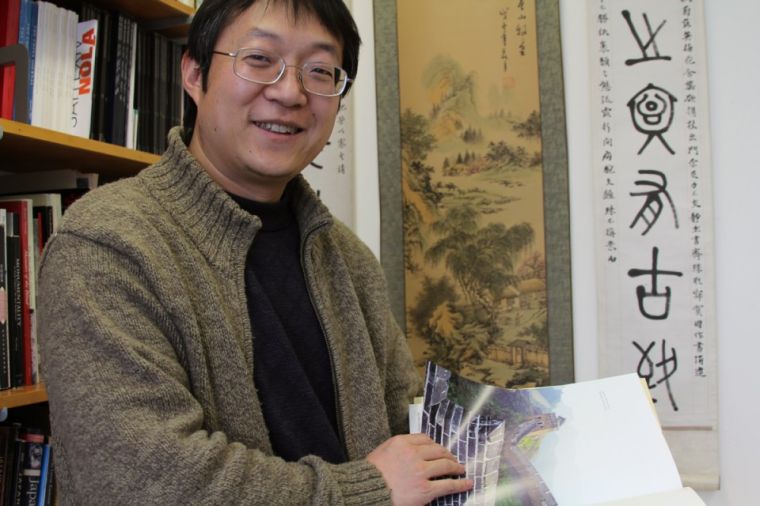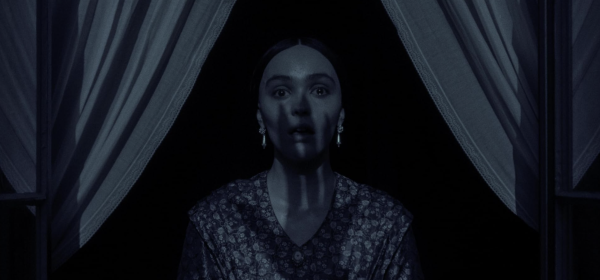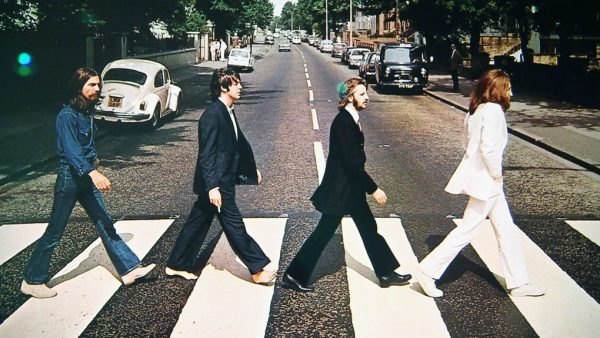Chinese course resurfaces
It’s not all about The Great Wall.
Chinese architecture is explored in all different classes, but Shuishan Yu, assistant professor of art history, is currently teaching students about Chinese architecture in his 300 level course, AH 357, which is Chinese architecture.
This is Professor Yu’s third time teaching the course he brought to OU. The course was offered before in 2006 and 2009.
According to Andrea Eis, chair of art and art history department, the course will be put on a three-year rotation.
While OU offers two different courses focusing on architecture — Chinese and Michigan architecture, to be exact — the art history department was waiting to offer a course on Chinese architecture until they had a faculty member with enough expertise in the area.
“I think it depended on the expertise in the faculty on that particular area, especially with Chinese architecture,” Eis said. “There is such a wide range in time period, and the country itself is so huge, in order to really teach that class well, someone needed a very deep, strong and broad background in it, and Professor Yu definitely has that.”
The course’s focus is on all aspects of Chinese architecture from all periods. Students study famous Chinese monuments including The Great Wall of China and the Imperial Tombs.
“I look at historical traditional architecture as well as modern architecture,” Yu said. “It’s a course of my specialty because that is my main area of research. The range of the class materials are very different … for the Chinese architecture it is much broader in both time and space. I have to select the most significant issue to introduce to the class.”
Professor Yu said students can develop critical skills in architecture, as well as engineering and Chinese architecture, by taking this course.
“Art, engineering and size are more integrated than we might think, and this is most clearly shown in traditional architecture and in Chinese architecture,” Yu said.
Professor Eis said that expansion to a focus on architecture in the art history department is beneficial to all students, not just those interested in art history.
“I think it’s very exciting and intriguing,” Eis said. “It’s just such an interesting aspect of the study of Chinese art history and it’s so significant that it give it this kind of attention … that this is a really wonderful opportunity for a class that gives architecture the attention it deserves.”
With his extensive background in Chinese architecture, Professor Yu developed the Chinese architecture course, as well as a course focusing on Buddhist architecture.
“He has introduced several courses since he has been here at Oakland,” Eis said. “He was looking at the area of particularly of Chinese, Japanese and Asian art in general, so he has been adding courses over the years,” Eis said.
The first time Professor Yu taught the Chinese architecture course was in 2002 to students at the University of Washington in Seattle.
“I have been developing this class for a while. The first time I taught the class was when I was a graduate student … I always enjoy teaching it and each time I teach it, I find something new and I update it with new information and new research,” Yu said. “It’s a course that I have developed for a long time and it is also a course that is continuing to renew itself.”
The prerequisites for the course are completion of AH 104 The Art of Asia or IS 210 Introduction To China.
The course books include a reader that Professor Yu has personally compiled with articles and book chapters to introduce his students to the major issues in Chinese architecture. There are other course books for students to use as well, and his lessons are taught mostly through lecture and PowerPoint.
Professor Yu’s background in architecture includes two years as an active architect in Beijing before he came to the United States where he earned his Ph.D. Professor Yu earned his bachelor’s degree in architecture and his master’s degree in engineering in architectural history, from the Ching Wa University in Beijing.
“Take this class if you can … you will learn and you will enjoy it … don’t be scared by the reading and don’t be scared by the difficulty of the subject. I try to make it as enjoyable as possible and at the same time teach a lot of substance,” Yu said.








